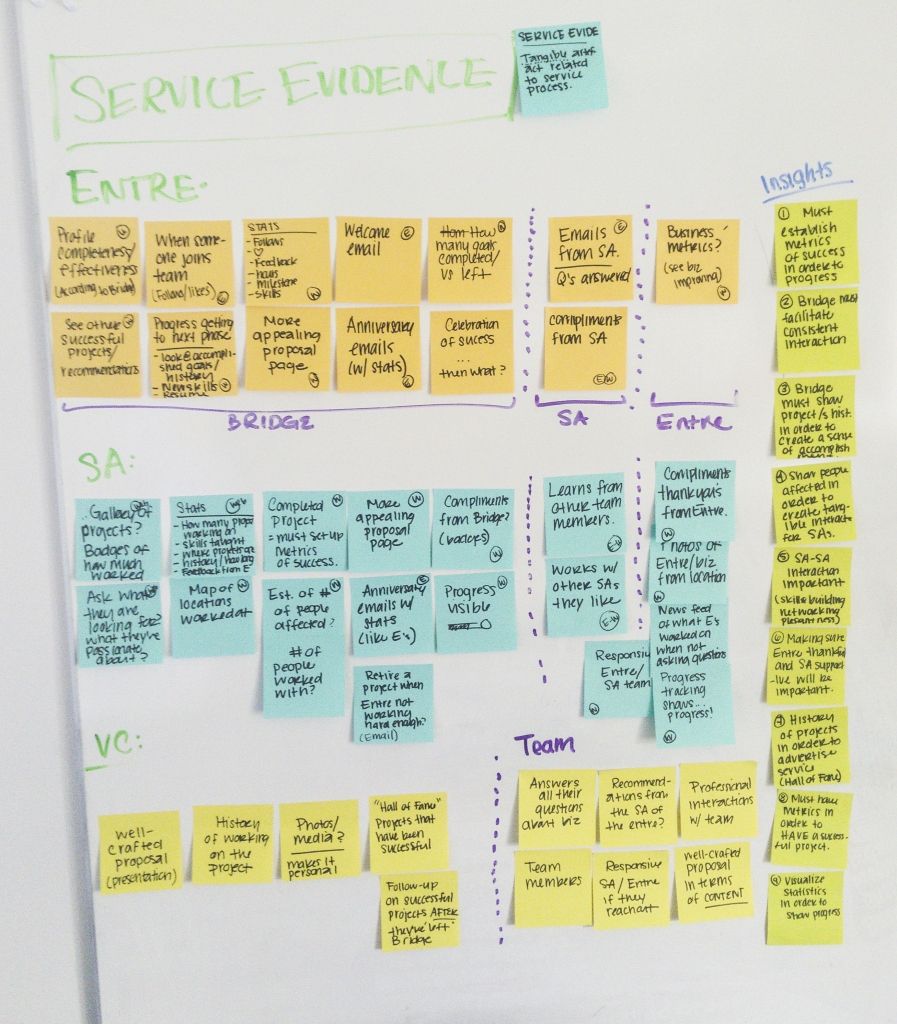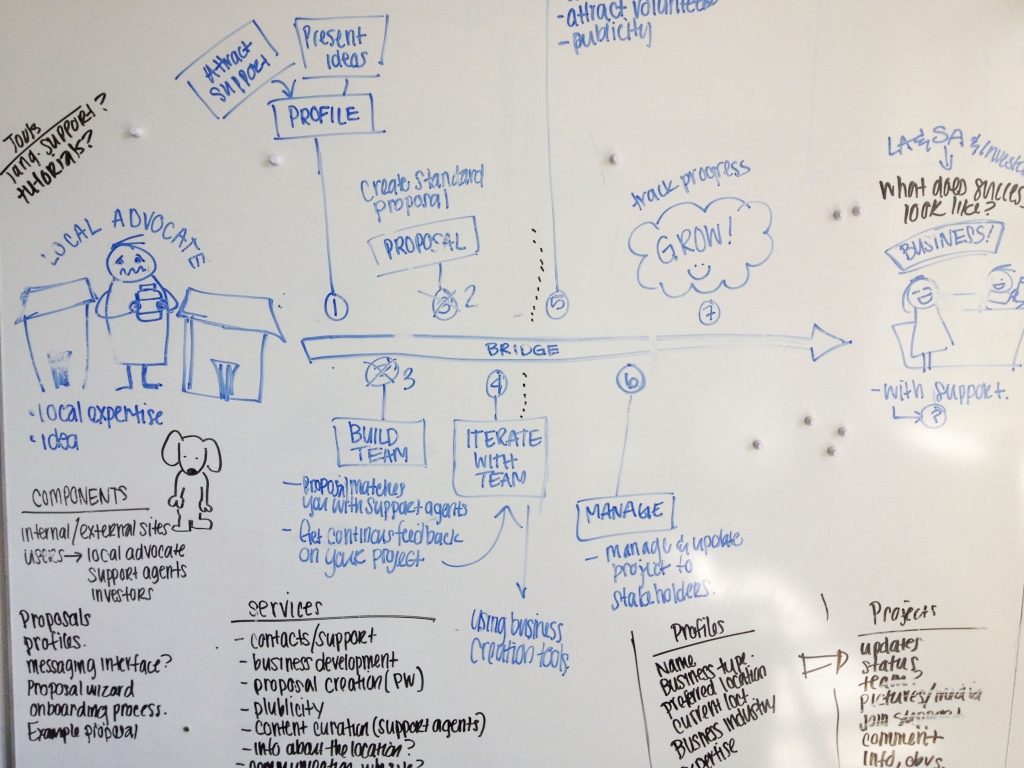Part II: My proposed project
Another pointless writing exercise.
So when we left off last time I was discussing my circuitous path towards my resolution before I had to disappear to class. I had left you all with the oh-so intriguing argument that we should not get caught up in what approach to take when approaching design, but in how facilitate as creative perspectives in general. An idea, of course, that is not actually new, if you didn’t catch my facetiousness.
My idea was to create a wiki where designers create entries describing tools for interaction design. These entries would attempt to break down all of the elements that designers have at their disposal in order to create interactions. I created these categories by thinking about how things are sensed (vision, sound, touch, etc.) and explored additional context information, like location compared to other people. Within vision, some examples of the smaller elements I described are the ones we’re most familiar with like type, color, lines, spacing—The basic elements of design that we all learn in school. Then we can break it down into how those specific elements are used. These are old hat for any designer: how different typefaces create different tones, how angles in a composition can create more energy. But when we do the same exercise with something like sound or haptic feedback we intearction designers don’t have as clear of guidelines for using these non-visual elements. Instead, often sound and touch (e.g. vibration) are used as a last resort for designers to intrude on the user rather than enhance their experiences (an alarm clock or event reminder). Musicians and sound engineers might be more familiar with how to treat sound in a way that better blends into our lives or even making the sound we experience now more appealing. For instance, based on the knowledge that, in our culture, they might use discordant sounds to indicate an error or high sounds as a happier event in order to create a more sound-rich experience. It might hard to imagine now how all sound feedback could integrate into our lives without being obtrusive, but that’s because we’re not used to our technology emitting it. However, away from screens it seems perfectly natural for the devices we use to make sounds that we don’t notice. We’re used to car engine making noise, it tells us it’s working find and we get used to hearing the specific sound it makes. When electric cars came out, their much quieter engines became a hazard for pedestrians and bicyclist because they couldn’t hear the vehicle coming. I know that I can recognize the very soft hum of my external harddrive turning on and listen for it to stop to make doubly-sure that I can safely unplug the device from my computer. The future of interaction design might already be out there, it’s just not widely spread. Yet.
The initial categories I had were:
- Visual
- Auditory
- Haptic
- Social
I know taste and smell are missing. Perhaps I’m being closed-minded, but I personally didn’t want to explore them at this time. Anyone who wanted to contribute to the wiki is most welcome to explore the possibilities of those two senses.
And I evaluated these elements by how they can function to accomplish one or a combination of the following for users in design by creating rhetorical categories. These are initial categories I created and, again, I hope that other contributors bring their own perspectives to the project.
- Informational
- Orientational
- Feedback
- Metaphorical
- Performative
It is my hope that this exercise in creating and editing wiki entries on the design elements would help designers break away from the same patterns they use to create interactions and see other elements at their disposal through the process of creating entries or viewing them.
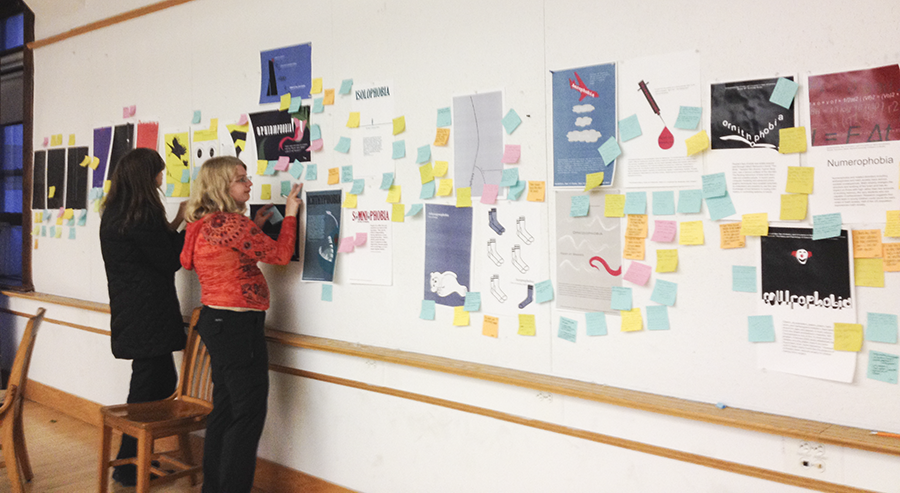
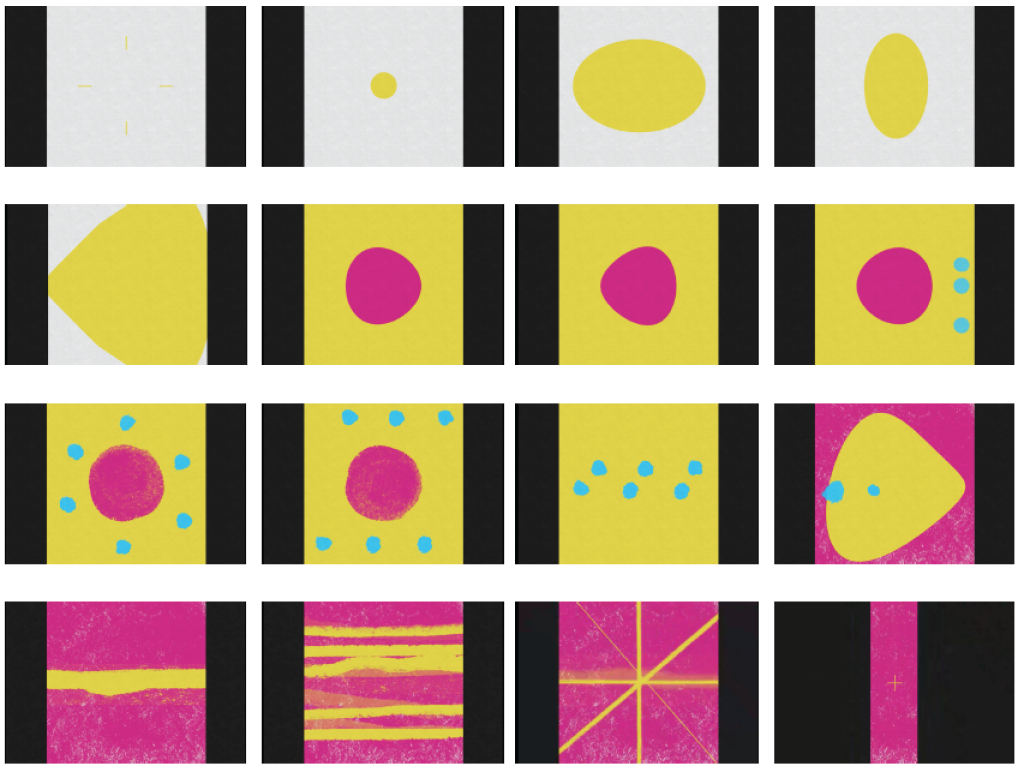

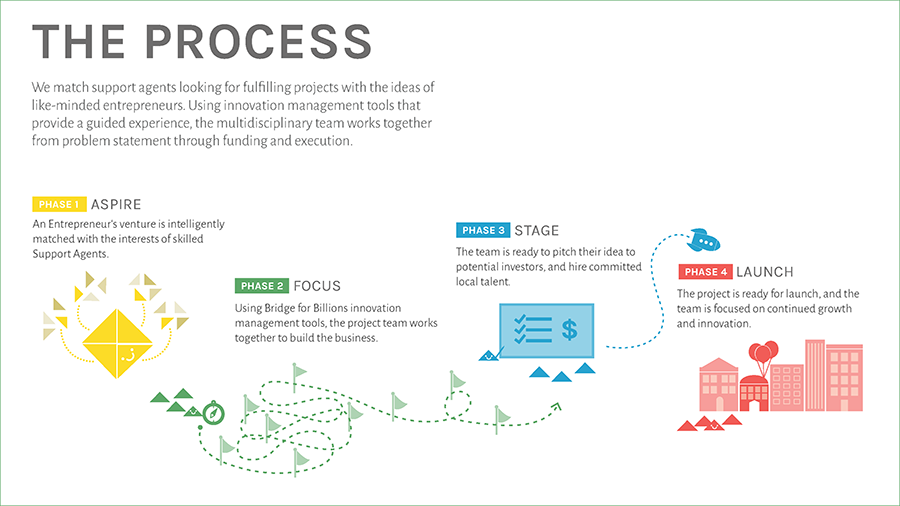
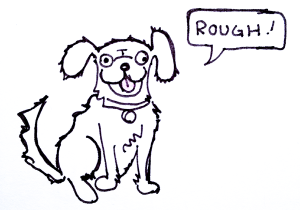 And my thesis, well, you know that happened at least. I ended up being really excited about it at the end, and still am even though the allure of sleep and my mother’s Vietnamese cooking are quite distracting. Getting feedback from other reviewers was a little discouraging. Part of it could have been my tense presentation where I decided to talk as fast as humanly possible…and part can be that people have existing ideas on design. Upward and onward, I suppose.
And my thesis, well, you know that happened at least. I ended up being really excited about it at the end, and still am even though the allure of sleep and my mother’s Vietnamese cooking are quite distracting. Getting feedback from other reviewers was a little discouraging. Part of it could have been my tense presentation where I decided to talk as fast as humanly possible…and part can be that people have existing ideas on design. Upward and onward, I suppose.